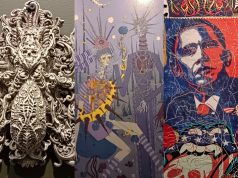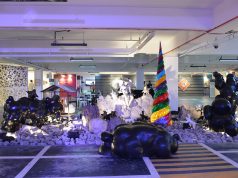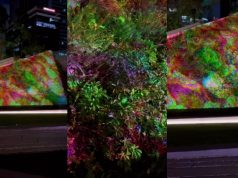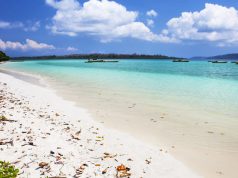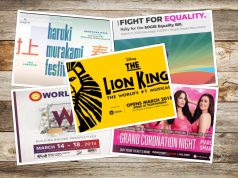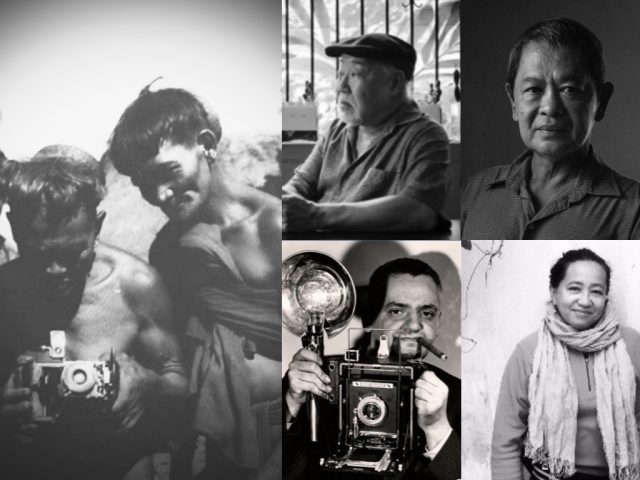
A woman hugging her dead husband after the brutal outcome of a ‘tokhang’ operation. Grimy and hungry children in a Marawi shelter staring blankly at the camera. Black Nazarene devotees pulling the rope of the religious image’s carriage to find order in the midst of chaos. The lone image of an elderly Ifugao man crossing the vastness of the Banaue rice terraces.
And yes, the YOLO shots in various stages of ingestion, sensual pleasure, physical exertion, wandering, chilling, and other forms of spur-of-the-moment self-absorption.
These are but a minute fraction of the thousands of images our eyes get exposed to especially in the age of social media.
More than ever, photography—or visual documentation—plays an essential role in our collective narrative. It’s what binds us to discover that the more we portray ourselves as different, the more we are actually alike as a people.
So essential is photography in our daily existence that it has generally been relegated as nothing more than a practical platform. Cameras are easily accessible. Anyone can take pictures with a mobile phone or gadget and share the moment on social media.
Paintings, sculptures, installations, and sound art have figured widely in past Art Fair Philippines events. We’ve seen the larger-than-life bululs of international art auction darling Ronald Ventura, the whimsical pingpong tables of Louie Cordero, and the chaotic tiangge-style curation—complete with a life-size reclining gold sculpture of punk icon and artist Romeo Lee—of Manuel Ocampo and his colleagues at the 1335 Mabini booth.
Spotlight on documentary photography
This year, Art Fair Philippines finally gives photography its rightful spot in the art firmament through a fresh section called ARTFAIR/PHOTO, through the support of Swiss private bank Julius Baer.
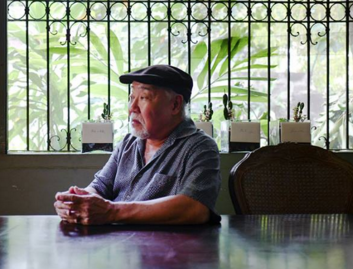
Neal Oshima presents Kin,a collection of his works on Philippine tribes and indigenous traditions. Based in Manila, he has extensively traveled throughout the Philippines to photograph its people, art and culture, as well as cuisine. A well established and respected portrait, editorial, and commercial photographer, his works have also appeared in various books including his Philippine Ancestral Houses and Memories of Philippine Kitchens authored by Amy Besa and Romy Dorotan.
Kudos to Oshima as well who is is also working with curator Angel Velasco for a second exhibition featuring the works of established and emerging documentary photographers, including Alex Baluyut, Kat Palasi, Jose Enrique Soriano, Jes Aznar, Nana Buxani, Geloy Concepcion, Tommy Hafalla, Carlo Gabuco, Kawayan de Guia, Paco Guerrero, RJ Fernandez, Jose Enrique Soriano, and Veejay Villafranca, among others.
Many of the works, according to organizers, were shot during coverages by photojournalists pursuing stories in the field: “Culled from the artist’s long-form narratives, photographers present an excerpt of stories unfolding in the course of years, put in dialogue with one another, all giving light to an aspect of Philippine culture.”
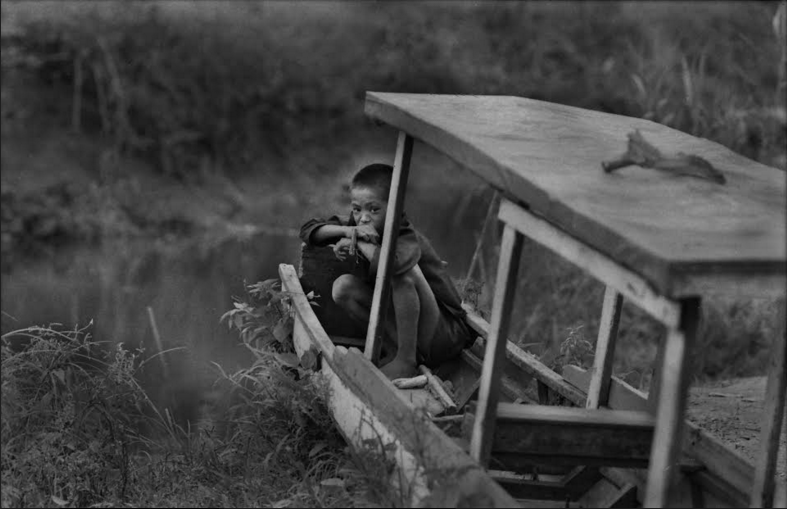
Alex Baluyut is a prominent photojournalist whose compelling images take the span of the countryside war in the 80s and 90s, Malate street life, to documenting society’s marginalzed sectors. Baluyut is an influential figure in the documentary genre, having accomplished a sizeable body of work as well as, at one point, organized the photography community to pursue the form and provide opportunities for the public to view the works of his peers. Today, he has also found another calling as founder of Art Relief Mobile Kitchen, a volunteer group that aims to feed survivors of war and calamity finding solace and shelter in evacuation centers.
Kat Palasi’s body of work, on the other hand, includes images of the art and life of various indigenous groups especially from the Cordilleras where the artist finds her roots.
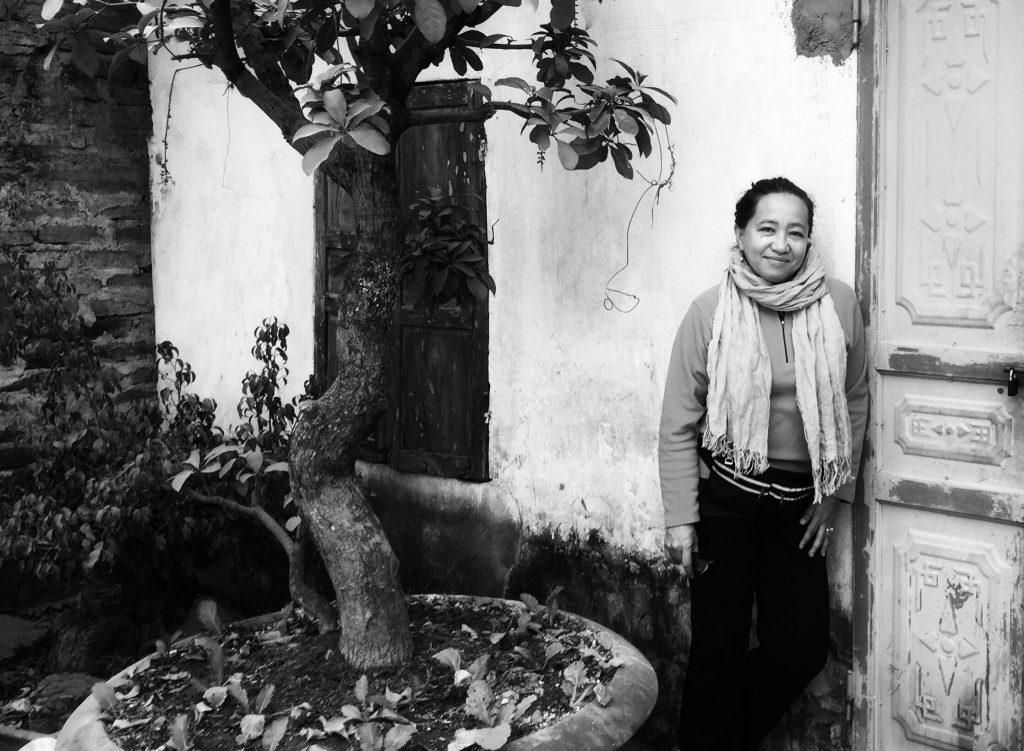
Not to be missed at this year’s Art Fair is the presentation of Filipino-Catalan master photographer Eduardo Masferre’s photographs of the indigenous people from the Cordillera mountains from 1934 to 1956. This collection has been organized by 1135 Mabini.
Art Fair Philippines is also presenting photographs by Weegee [Arthur (Usher) Fellig, 1899-1968]. The collection is on loan from the International Center of Photography in New York and will be on view throughout the fair’s duration.
On March 4, 10 a.m., join an engaging discussion on photography at the venue’s Roof Deck.
Biggest show yet
Now on its sixth edition, the famed car park building that has been the home of the event for the past years will be opening more exhibition spaces totaling more than 13,000 sqm over several floors.
This year is considered the biggest show yet, says its organizers. According to co-founder Trickie Lopa: “Last year, we welcomed more than 40,000 visitors and we’ve seen how the interest in Philippine contemporary art has grown. Our move to secure a bigger space and oversee access to the fair will allow us to enhance the viewing experience of our visitors and help ensure that (the) artworks can be properly appreciated.
Besides the individual shows of participating art galleries, the public can also look forward to the Art Fair Projects featuring installation works by filmmaker Kidlat Tahimik; social realist artists Pablo Baens Santos, Antipas Delotavo, and Renato Habulan; Cordillera-based artist Leonard Aguinaldo; and conceptual artists Nilo Ilarde, Lyra Garcellano, and Alvin Zafra.
Art Fair Philippines 2018 runs from March 1 to 4, 2018 at the The Link car park, Ayala Center, Makati City. Ticket price is Php350 with timed entrances for the public at 10 a.m. to 1:30 p.m.; 2 p.m. to 5 p.m.; and 5:30 to 9 p.m. For more details, check the Art Fair Philippines website or ArtFairPH on Facebook.




